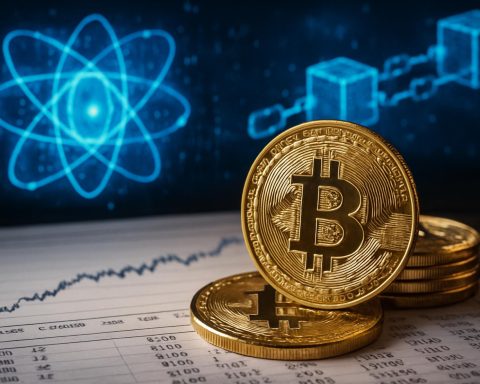Is France’s Surging Solar and Wind Power About to Overwhelm Its Energy Grid?
France faces a startling new challenge: its renewable energy revolution may spark a costly electricity oversupply and strain the nation’s grid.
- 2025 Prediction: France will generate a record high in solar and wind energy.
- Electricity Demand: Remains stagnant amid soaring renewable production.
- Nuclear Fleet: France operates 56 reactors—the world’s second-largest fleet.
- Fiscal Impact: Overproduction could cost French utilities billions per year.
France’s ambitious embrace of green power in 2025 is turning into a double-edged sword. Once wary of winter blackouts and energy shortfalls, the nation now finds itself grappling with a very different threat: producing too much electricity.
As France’s landscape dots with new solar farms and turbines, the country’s once-revered nuclear sector is being forced to adapt to an unexpected glut—and economists warn that “clean” overproduction may turn into a fiscal and technical headache.
Why Is France Producing Too Much Electricity?
Two factors drive France’s growing energy dilemma:
– Explosive growth in solar and wind power following incentives and carbon-neutral pledges.
– Electricity consumption that’s barely budged, contradicting forecasts of rising demand.
The energy surplus leaves grid operators balancing output between old-school nuclear and increasingly intermittent renewables. Experts at IEA warn that without intervention, French power prices could plunge, utilities could bleed profits, and the nation’s renowned grid stability could be at risk.
How Does Overproduction Threaten France’s Grid and Finances?
A flooded market means energy prices can turn negative, forcing utilities to pay others to take their power. For utilities like EDF, this spells trouble—billions could be lost as renewables supply peaks during low-demand hours, leaving nuclear plants with nowhere to send their output.
To prevent blackouts and financial chaos, French grid managers increasingly have to curtail production, sometimes shutting down solar or wind sites temporarily.
What Are Experts and Lawmakers Saying?
Departing leaders at EDF have emphasized the “major challenge” of matching supply to static demand. The Senate calls the issue urgent, fearing that unfiltered green growth could destabilize the market and threaten aging nuclear plants. Opposition parties call for slowing down, or even pausing, solar and wind installations until a solution is in place.
How Can France Fix Its Renewable Oversupply Dilemma?
Several innovative solutions are gaining traction:
– Investing in grid-scale battery storage to bank excess green energy.
– Developing dynamic demand response programs with smart meters.
– Exploring “sector coupling”—directing surplus power into heating, hydrogen production, or electric vehicles.
– Ramping up interconnections with neighboring EU grids for better energy trading.
Q&A: What Can Homeowners and Businesses Do?
Q: Will this affect my electricity bills?
A: If unchecked, oversupply could mean more volatile bills—sometimes cheaper, sometimes pricier as the market stabilizes.
Q: Can small-scale producers help balance supply?
A: Yes—battery storage and flexible consumption incentives can smooth out peaks and troughs.
For more insights on the global power surge, visit the World Energy Council or learn about energy policy at Euractiv.
Stay Plugged In! France’s electricity future hangs in the balance—watch for new policy shifts and grid innovations as the nation retools its energy mix.
Checklist for 2025 Energy Trends in France:
- Monitor electricity market prices and grid alerts
- Explore residential solar and storage incentives
- Keep an eye on government announcements about new grid investments
- Follow updates from EDF and renewable energy groups
Want to stay informed about France’s energy revolution? Bookmark reliable industry sources and be ready for grid-scale changes ahead!










